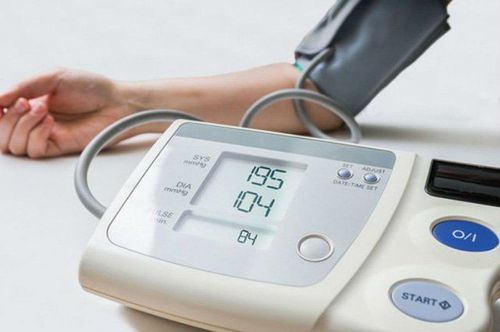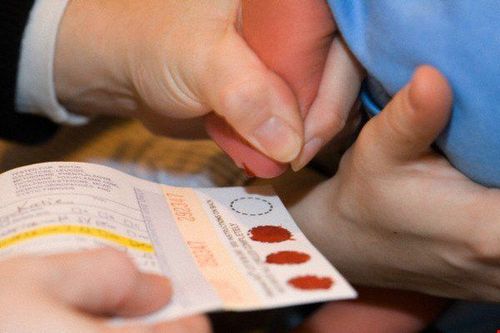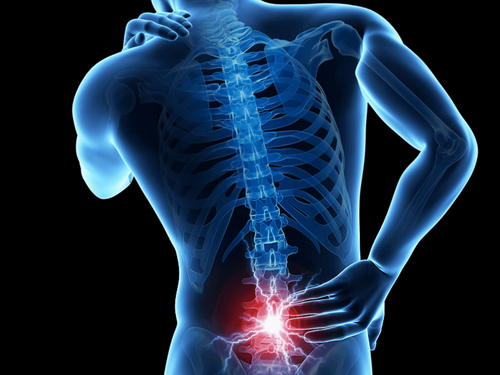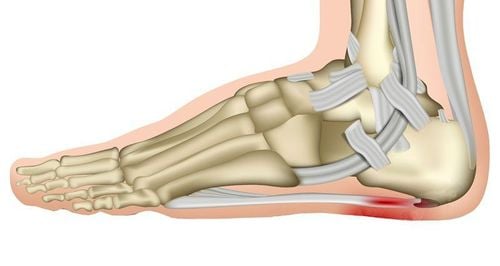Nội dung bạn đang tìm kiếm không có phiên bản tiếng Việt.
Vui lòng chọn tiếp tục để xem nội dung tiếng Anh hoặc đi đến trang chủ Tiếng Việt.
Rất xin lỗi về sự bất tiện này.

Home
Tag Tetralogy of Fallot
Articles in Tetralogy of Fallot

Diagnosis and treatment of tetralogy of Fallot
Tetralogy of Fallot is the most common type of cyanotic congenital heart disease. Early diagnosis and treatment of tetralogy of Fallot helps many children return to normal lives.
Xem thêm
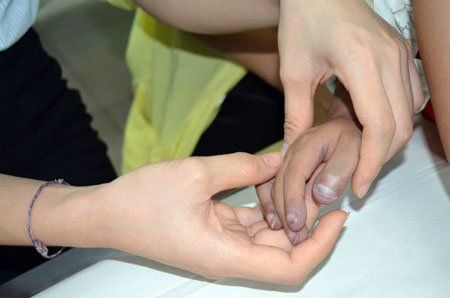
Complications of tetralogy of Fallot
Tetralogy of fallot is the most common cyanotic congenital heart disease, accounting for 75% of cases of cyanotic TBS in children over 1 year of age, including 4 heart defects (tetrads) namely: ventricular septal defect, pulmonary stenosis, and arterial stenosis. The owner rides a horse on the interventricular septum, right ventricular thickening.
Xem thêm

Can congenital heart disease be completely cured?
Hello doctor, can I ask if congenital heart disease can be completely cured?
Xem thêm

Common types of congenital heart defects
Congenital heart defects occur in about 1% of newborns. Most people with congenital heart defects live to adulthood, in which the cause is unknown. Some may be hereditary, because the mother is infected with a virus or uses alcohol and drugs during pregnancy.
Xem thêm

Is the pulmonary valve after congenital heart surgery tetralogy of Fallot permanent?
Hi doctor! My child has Fallot 4 and had surgery. Doctor let me ask if the pulmonary valve after congenital heart surgery tetralogy of Fallot will last forever?
Xem thêm

Common complications in congenital heart surgery (Part 1)
For complex congenital heart disease, it may be necessary to operate once or many times to complete the defect repair. Therefore, it is necessary to ask the surgeon to consult all possible possibilities for the patient before surgery.
Xem thêm

Echocardiography shows ventricular septal defect and aorta riding on the interventricular septum, is it okay?
Image of ventricular septal defect ~3.4mm, aorta riding on the interventricular septum, DMC diameter 11.1mm, DMP diameter ~ 6.6mm.
Xem thêm

3-day-old baby with heart disease Fallot is dangerous and how is it treated?
Hi doctor! My baby is just 3 days old. At birth, the baby was normal, but in the morning, it was discovered that the baby's scrotum was a bit large but enough for 2 stones, until the general examination, it was found that the baby had Fallot's heart disease.
Xem thêm

Echocardiography in tetralogy of Fallot
Tetralogy of Fallot is considered one of the most common congenital cyanotic heart diseases in clinical practice, which is very dangerous to the patient's life and is accompanied by other abnormalities in the body besides the cardiovascular system. To confirm the diagnosis of Tetralogy of Fallot, it is necessary to combine both clinical examination and some laboratory tests, the most important of which is echocardiography.
Xem thêm

What is monoventricular heart disease?
Univentricular heart disease is one of the most common heart defects. On average, 1 out of every 100,000 babies is born with this disability. Babies born with a single-ventricular heart defect are unlikely to develop fully. Let's find out what monoventricular heart disease is and how to treat this disability through the article below.
Xem thêm

Congenital heart diseases can be treated early and give positive results
When a baby is in the womb, the heart develops incompletely, creating defects known as congenital heart disease. This disease is the cause of many deaths in the first years of life in infants.
Xem thêm







